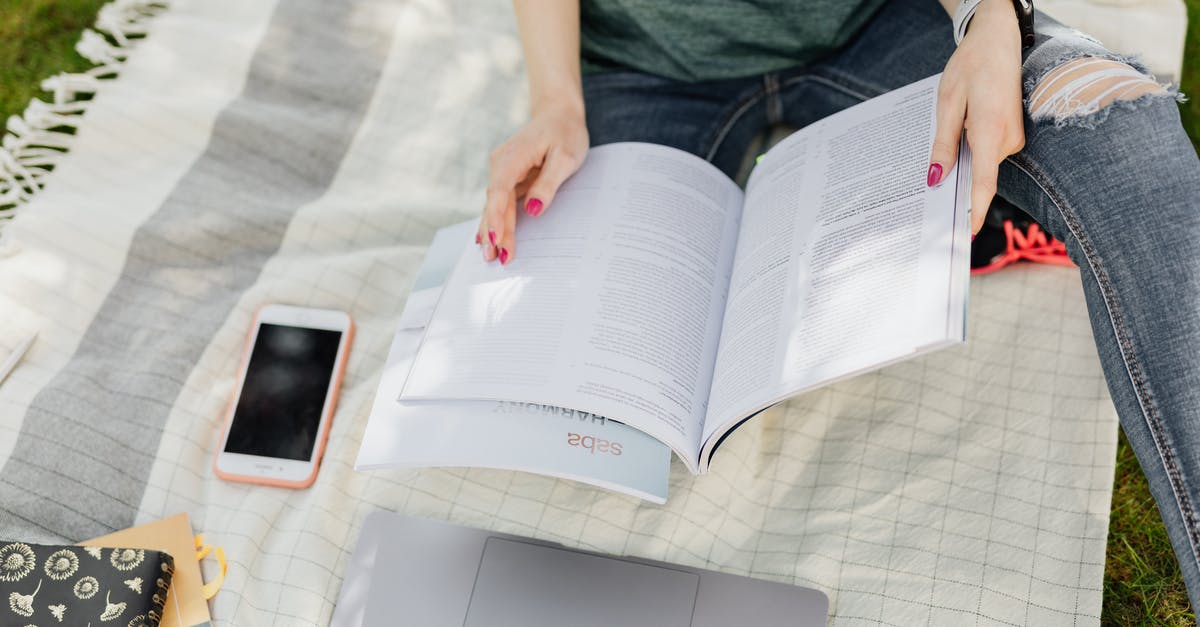How to prepare summer squash without the peel becoming rubbery

I occasionally prepare summer squash as a side item, and typically fry it as it is both easy and flavorful. Recently I tried various ways of baking squash by hollowing out the soft center, adding a stuffing to the peel, and placing the hollowed portion back on top.
The dish is usually good, but the peel tends to always have a rubbery texture that produces an odd glancing bite. Is there a way to prepare the peel in order to keep the savory crunch which adds to the texture, yet softens the outer layer of the peel so it's not ruined by the rubbery feel?
Best Answer
So it sounds like you're saying that you prepare the squash by slicing it in half, removing the flesh, leaving just the peel, then you return the flesh back to the empty peel. You then bake this as a whole. You want to make the peel crisp/crunchy but not rubbery.
Because the peel and the flesh have different compositions, (i.e. water content, density, etc.) and you're trying to achieve two distinct textures (tender flesh and crunchy peel) you could consider using two separate cooking techniques, one for the flesh and one for the peel, rather than cooking both together, once both have been cooked then you can reassemble them. You could bake the flesh just as you've been doing because it sounds like you're satisfied with that texture.
- You might need to experiment some with the cooking technique for the peel to achieve your desired texture. One possible solution would be very quickly deep-frying the peel, this should soften it, but allow you to keep it crisp.
- You could also investigate pickling/lacto-fermenting the peel, this would allow you to get a crisp texture, while softening the peel.
- Another interesting option is the use of slaked lime (aka Thai red lime paste, Thai pickling paste, cal, or more accurately as Calcium Hydroxide, see here for more details). It is commonly used in food applications to cross-link the pectins that "cement" the cell walls of fruits and vegetables together, thus it preserves a crisp texture that will stand up to intense cooking methods. This is used in South-East Asian cooked fruit desserts and in pickles.
If you don't wish to cook the peel and the flesh separately, then you could use a two step cooking method, like first baking them with the cut-side facing up, then once you've achieved the desired flesh texture, flipping them over and quickly broiling them. The broiling will affect the peel significantly more than the flesh in this approach because you will have flipped them so that the peel now faces up and is closer to the broiler (which provides intense, top-only heat).
Pictures about "How to prepare summer squash without the peel becoming rubbery"



Why is my squash rubbery?
A slightly rubbery texture is an indication that it is about to spoil. It is not proper for eating raw but it is still okay to cook in a soup or stew, as long as you cook it immediately. What is this? Toss any gourds that have mold or rotten spots.How do you soften summer squash skin?
Because of its soft skin, the summer squash does not need to be peeled....Should a yellow summer squash be peeled before cooking?
How to prep: After a gentle scrub under the faucet, the squash is ready to cut\u2014there's no need to peel it. Besides contributing color and nutrients, the skin helps the vegetable hold together better when cooked. You can also harvest (and eat) squash blossoms.Should summer squash be peeled?
Do I need to peel yellow squash? You actually don't need to peel yellow squash. Summer squash as they are also called, have a tender skin that you can cook as part of the squash. That being said if you are very averse to the squash skin you can peel it like you would a potato.Yellow Squash - Summer Squash Recipe With Basil Thyme Garlic Lemon \u0026 Sun Dried Tomatoes
Sources: Stack Exchange - This article follows the attribution requirements of Stack Exchange and is licensed under CC BY-SA 3.0.
Images: Ravi Kant, Karolina Grabowska, Karolina Grabowska, RF._.studio
